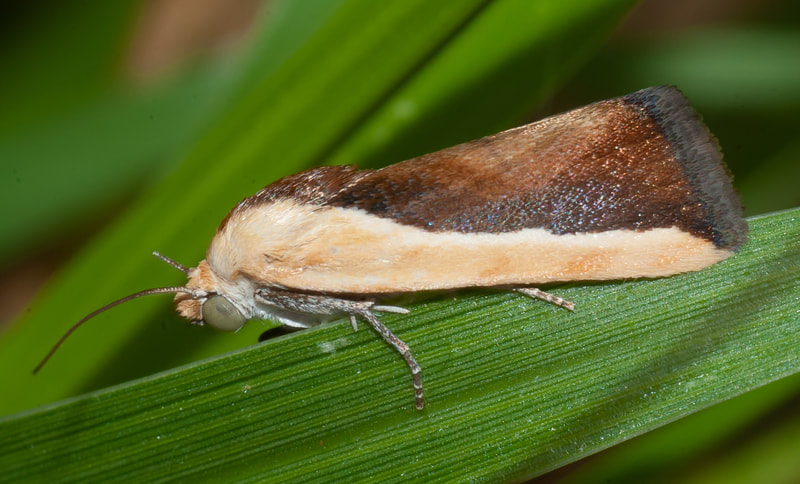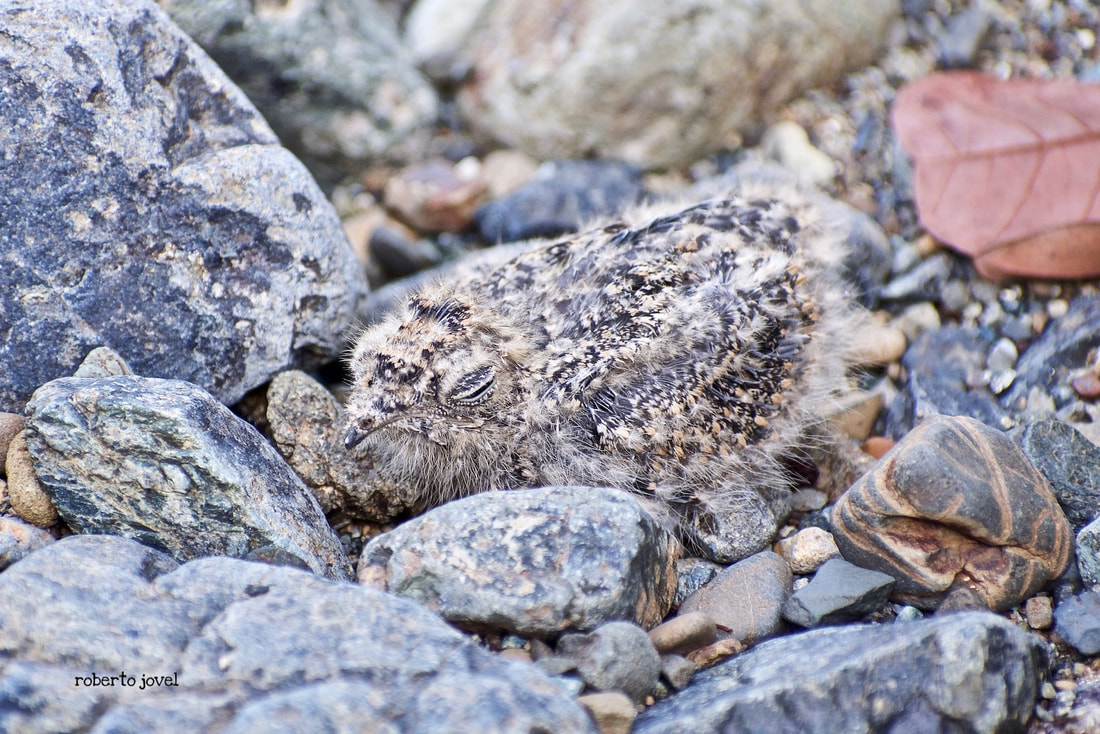 Dismorphia cubana Gran Piedra 30 Sept 2020 © Alexis Callejas Segura
Dismorphia cubana Gran Piedra 30 Sept 2020 © Alexis Callejas Segura
|
I have been adding lots more updates to the photos recently, mainly moths and reptiles so far but I'm also in the process of updating the Odonata. As we haven't been able to go to Cuba ourselves for a while I have been using open access photos from the internet in many instances including many great photos from Wayne Fidler who uploads his data to iNaturalist. I also participate in several Cuban natural history Facebook groups and it has been amazing to watch not just the increase in knowledge that these groups provide but also the increase in quality of photography especially the amongst the bird photographers. Here is a beautiful shot by Karlos Ross of a female Cuban Emerald feeding its newly fledged youngster. And just the other day Alexis Callejas Segura posted some pictures of a very rare reptile that was first described as recently as 2004. It is Sphaerodactylus dimorphicus - Yellow-tailed Sphaero (Geckolet). There are over 130 endemic reptiles in Cuba and 22 of these of these are in Sphaerodactylidae. This species has only been found on a short stretch of the east coast of Cuba near Santiago de Cuba. Most of the species in this group are found on or near the ground under piles of timber or stones but some can also be found under the bark of trees up to 2m above the ground. Alexis also sent me this picture of another beautiful endemic the Cuban Mimic-White Dismorphia cubana which he took at the wonderful Gran Piedra just to the east of Santiago. It's a species that we have yet to see and we'll certainly be going back to Gran Piedra as the mothing can be spectacular and there are lots of other things to see too. Just a bit of a shame that the hotel has some of the grumpiest unhelpful staff one could ever wish to meet - but the wildlife makes up for it.  Dismorphia cubana Gran Piedra 30 Sept 2020 © Alexis Callejas Segura Dismorphia cubana Gran Piedra 30 Sept 2020 © Alexis Callejas Segura
0 Comments
We have had some wonderful experiences watching Antillean Nighthawk in Cuba and they can be commonly seen at dusk during the summer, as they awake from their daytime roost to catch their mainly moth prey to feed to their chicks. The locals call them Querequeté which is onomatopoeic. They are just summer visitors to Cuba presumably wintering somewhere in South America. Like all the members of this group they nest on the ground and this wonderful photo of a chick was taken by Roberto Jovel in July this year on a dry river bed in the Alejandro de Humboldt NP near Baracoa. What amazing cryptic coloration, and full marks to Roberto for spotting it. It reminds me of our mainly butterfly-watching trip to Thailand in March 2018 when as we got out of the vehicle one day in the forest at Kaeng Krachan NP our driver flushed a Large-tailed Nightjar from beside the vehicle. It quickly resettled a few yards away so clearly had a nest. A careful inspection soon revealed two tiny chicks in a small scrape in the ground just 18" from the edge of the tarmac road. They must have emerged just hours before as they still retain the egg-tooth on the bill that enables baby birds to break out of the shell. I had read about this but never actually witnessed it myself. We quickly took pictures and the driver moved the vehicle to a safe distance to allow the parent to return to its nest. This story could have ended so differently if he had chosen to pull off the road just a couple of seconds earlier. But back to Cuba... and this lovely portrait of the endemic Cuban Pigmy Owl was taken by bird guide Karlos Ross near Holguin. It makes us realise how much we have missed going to Cuba and seeing our friends and the stunning wildlife. But with the release of vaccines quite soon things are starting to look more promising for next year. Can't wait. Thank you Roberto and Karlos - readers can find their contact details on the Links page.
|
Welcome to our Blog
Here we will post interesting news about what we and others have seen in Cuba. Archives
July 2024
Categories |













 RSS Feed
RSS Feed